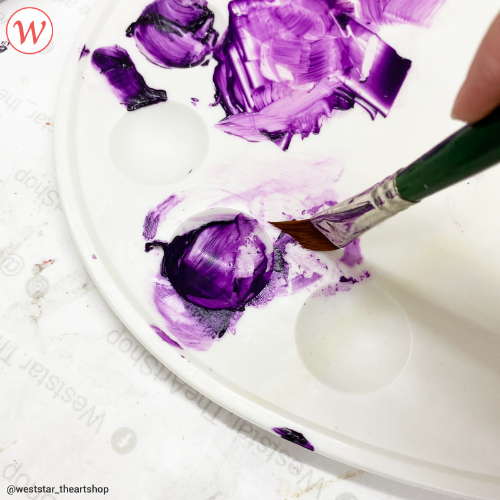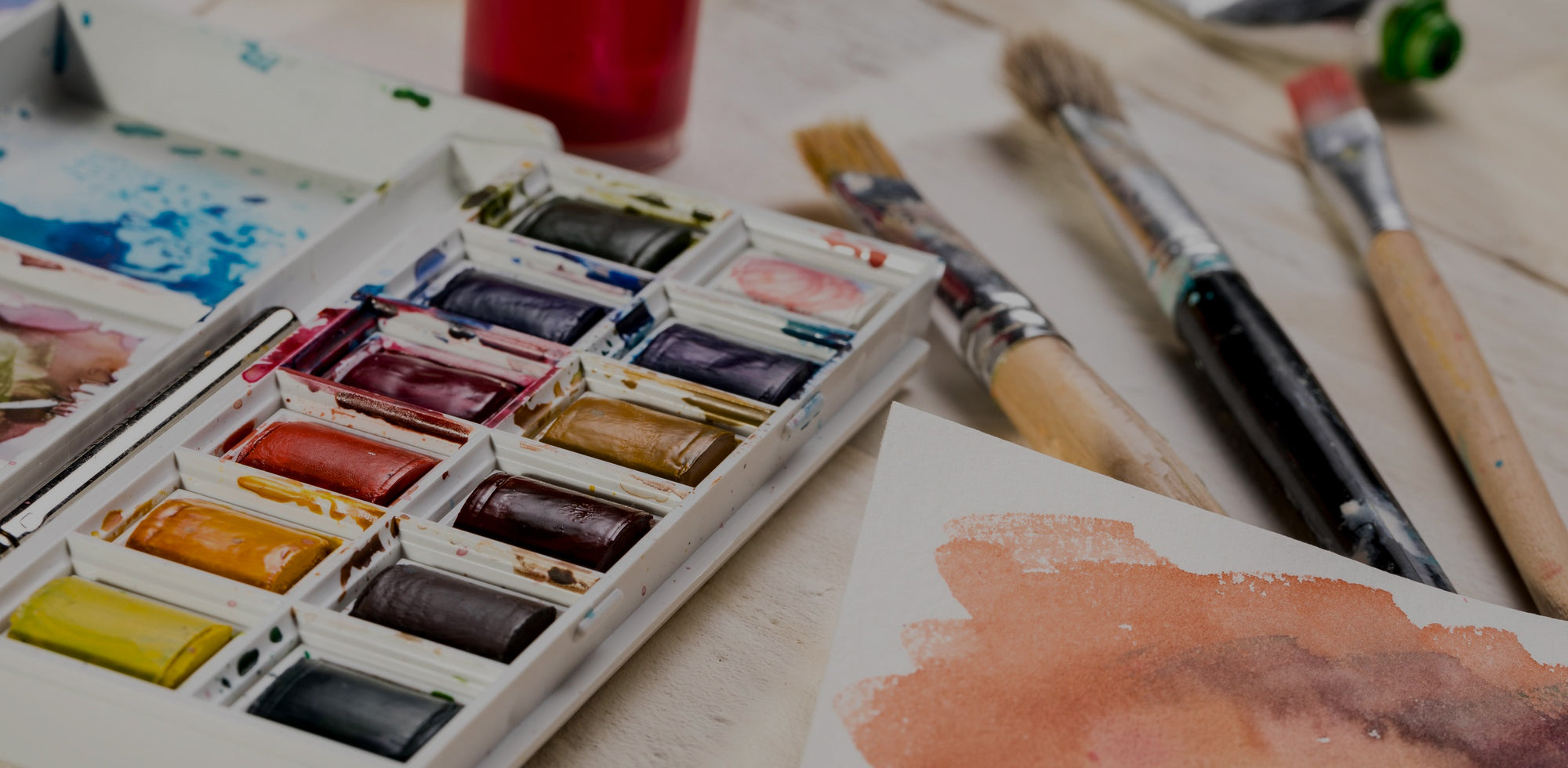Have you ever wondered why artists paint on canvas? Today, Canvas is a preferred painting surface for many painters around the world, but that wasn’t always the case. The journey of canvas is more surprising than you might think.
When Did Canvas Painting Begin?
Canvas painting didn’t exist until the late 13th century and only became common practice among artists in the 16th century. Before that, most paintings were done on wooden panels or directly onto walls using the fresco technique. However, both methods were expensive and not ideal in certain climates.
Canvas Wasn’t Invented for Art
Many people might get surprised to know that canvas was not initially meant for painting. Its first major use was for ship sails! In Venice, Italy—a powerful maritime city—high-quality canvas fabric was produced for use on ships. It was strong, durable, and perfectly built to withstand the sea.

Why Did Artists Start Using Canvas?
Because the Venice area had humid weather, wooden panels would warp and crack easily. Artists needed a more stable painting surface. Eventually, they began stretching sailcloth over wooden frames and painting on it. The results were excellent, and by the 16th century, the Venetian School had popularized oil painting on canvas.
From Hemp to Linen to Cotton
Early canvas was made from hemp, which is why the word "canvas" comes from the Latin word cannabis.
As canvas developed further, linen became the preferred material for artists. It had a finer weave, was stronger, and better suited for detailed painting.
Today, most canvas is made from cotton due to it being affordable, easy to produce, and compatible with most mediums.
Self-Portrait of Tiziano Vecellio (Titian), c. 1567.
Fun Fact
In the 15th and early 16th centuries, canvas was considered inferior to wood panels. It wasn’t until artists like Titian proved its value that it gained professional respect.




